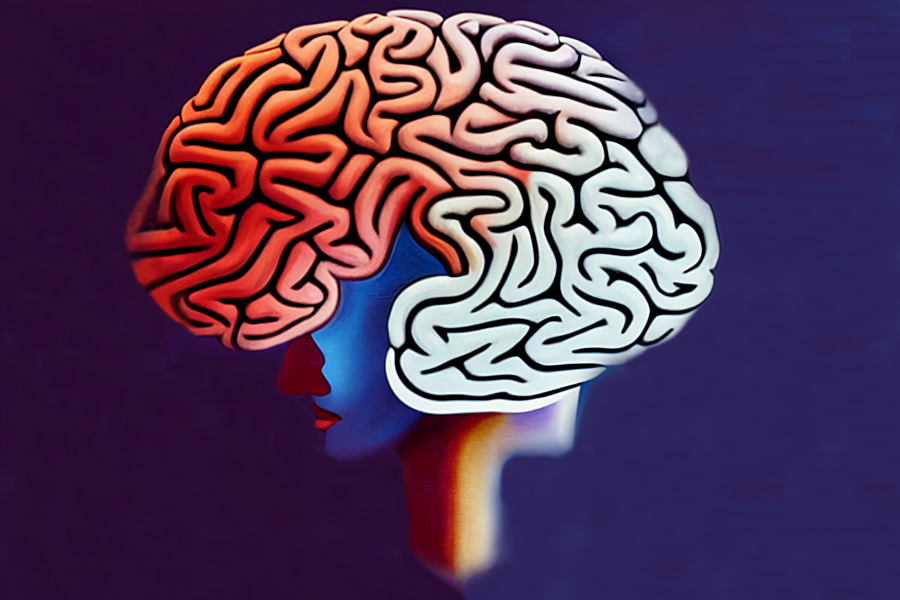
Brains Built With Code: The Rise of Neuro-Inspired Computing
The field of artificial intelligence has long drawn inspiration from the human brain, but recent advancements are moving beyond mere inspiration to actual emulation. “Brains built with code,” or neuro-inspired computing, represents a paradigm shift in how we approach AI, moving away from traditional von Neumann architectures and towards systems that more closely mimic the structure and function of biological neural networks. This isn’t simply about creating more powerful AI; it’s about creating AI that is fundamentally different – more efficient, more adaptable, and potentially capable of solving problems currently intractable for conventional computers.
The core principle behind this approach is recognizing the limitations of current computing models. Traditional computers excel at precise, sequential calculations, but struggle with tasks that humans find intuitive, such as pattern recognition, sensory processing, and dealing with noisy or incomplete data. The brain, on the other hand, thrives in these areas, thanks to its massively parallel, distributed architecture and its ability to learn and adapt through synaptic plasticity.
The Architecture of Neuromorphic Systems
Neuromorphic computing aims to replicate the brain’s architecture in hardware. Unlike traditional computers that separate processing and memory, neuromorphic systems integrate these functions, mirroring the way neurons both process and store information. This is achieved through the creation of artificial neurons and synapses, often using specialized hardware like memristors – electronic components that “remember” their past electrical activity, effectively mimicking synaptic weight changes.
Several different approaches are being pursued in neuromorphic engineering. Some focus on creating digital neuromorphic chips that simulate neuronal behavior using conventional digital circuits, while others explore analog and mixed-signal designs that more closely emulate the continuous-time dynamics of biological neurons. The goal is to achieve energy efficiency and scalability, two key advantages of the brain that are currently lacking in conventional AI systems. True brain-scale computing, however, remains a significant engineering challenge.
A crucial aspect of neuromorphic systems is their event-driven nature. Biological neurons don't constantly fire; they only transmit signals when they reach a certain threshold. Neuromorphic chips often adopt this principle, only processing information when there's a change in input, leading to significant power savings compared to constantly active traditional processors.
Applications and Future Directions
The potential applications of brains built with code are vast and span numerous fields. From robotics and autonomous vehicles to medical diagnostics and financial modeling, neuro-inspired computing promises to unlock new capabilities and address complex challenges. Specifically, its ability to handle noisy data and learn from limited examples makes it well-suited for real-world applications where perfect information is rarely available.
One particularly promising area is edge computing, where processing is performed directly on devices rather than in the cloud. Neuromorphic chips, with their low power consumption and ability to perform complex tasks without extensive training data, are ideal for deployment in resource-constrained environments like wearable sensors, drones, and IoT devices. This allows for faster response times, increased privacy, and reduced reliance on network connectivity.
The future of neuro-inspired computing hinges on continued advancements in hardware, algorithms, and software tools. Key areas of research include:
- Developing more sophisticated neuron and synapse models that capture the full complexity of biological neural networks.
- Creating scalable neuromorphic architectures capable of supporting billions of neurons and trillions of synapses.
- Designing algorithms that can effectively train and deploy AI models on neuromorphic hardware.
- Exploring new materials and fabrication techniques to reduce the cost and energy consumption of neuromorphic chips.
- Bridging the gap between neuroscience and computer science to foster a deeper understanding of the brain and its computational principles.
As we continue to unravel the mysteries of the brain and translate those insights into code, we are poised to usher in a new era of intelligent machines that are not only powerful but also adaptable, efficient, and truly inspired by the most remarkable computing device in the universe.
